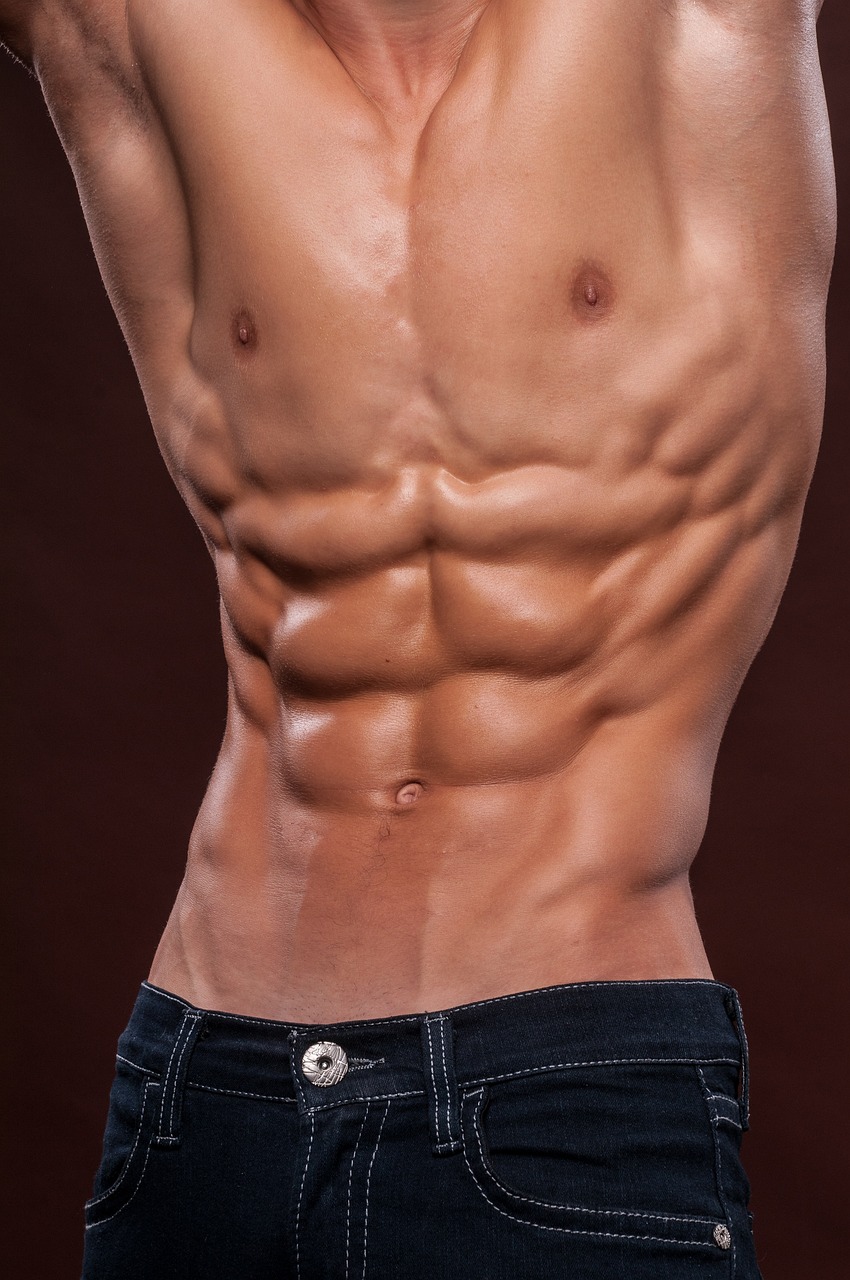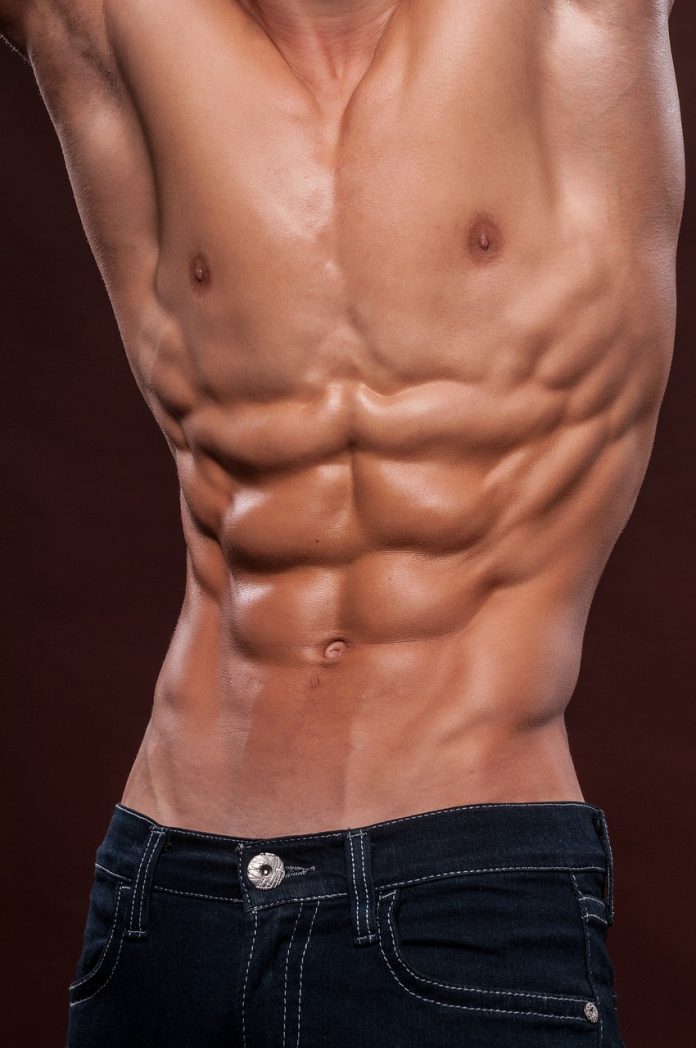Achieving six-pack abs is often seen as the ultimate fitness goal. But is it really attainable for everyone? While reducing body fat and building muscle can help, the reality is that genetics play a major role in whether your abs will ever be visible.
Understanding the Myth of Six-Pack Abs
Many people believe that visible abs are a sign of peak physical fitness. However, having defined abs doesn’t necessarily mean you’re in great shape. In fact, what we commonly call “six-pack abs” is actually one muscle—the rectus abdominis—which appears segmented due to tendons crossing it.
For abs to be visible, two things must happen:
- You need to develop strong abdominal muscles.
- You must lower your body fat percentage significantly.
Even with intense training, some people may never achieve this sculpted look due to genetics.
Best Exercises to Strengthen Your Core
If you’re looking to develop stronger abs, crunches alone won’t cut it. Instead, try these advanced core exercises:
- Jackknives
Lie on your back.
Reach your right hand to your left toes as you sit up.
Lower back down and switch sides.
- Oblique Medicine Ball Slams
Hold a medicine ball at one hip.
Lift it overhead, pivot your body, and slam it down on the opposite side.
Repeat, alternating sides.
- Hanging Knee Tucks
Hang from a bar and tuck your knees to your chest.
- Hanging L-Sits
Hang from a bar and extend your legs straight in front of you, forming an “L” shape.
For best results, perform these exercises in three rounds, 30 to 45 seconds per round.
Pilates and Yoga for a Stronger Core
Pilates and yoga exercises also help strengthen the rectus abdominis. Some effective moves include:
- Roll-Ups: Slowly roll your body up from a lying position, stretching forward before returning to start.
- Teasers: Lift your legs and upper body off the ground, balancing at a 45-degree angle.
- Roll Overs: Lift your legs overhead while keeping your back and shoulders on the ground.
Planks, especially variations like the long-lever posterior-tilt plank, are also excellent for core strength.
Cardio and Diet: The Key to Losing Belly Fat
Strengthening your abs is just one part of the equation. If you want to see them, you need to lower your body fat percentage. This is where diet and cardio come in.
- High-Intensity Interval Training (HIIT): Sprinting, jump rope, or plyometrics can help burn fat quickly.
- Steady-State Cardio: Running, cycling, or swimming for 20+ minutes improves endurance and fat loss.
- Clean Eating: Reduce processed foods, eat lean proteins, whole grains, and healthy fats.
Unfortunately, you can’t target belly fat specifically—your body decides where it loses weight first.
Can Everyone Get 6-Pack Abs?

The short answer: No. Your genetic makeup affects the shape of your muscles, tendon length, and fat distribution. Some people naturally store more fat in their midsection, making abs harder to reveal.
Additionally, maintaining the low body fat percentage needed for a six-pack (around 10-12% for men and 18-20% for women) isn’t sustainable for most people.
Are 6-Pack Abs a True Sign of Fitness?
Not necessarily. Many elite athletes don’t have six-pack abs, yet they are incredibly fit. True core strength comes from developing all abdominal and core muscles—not just the rectus abdominis.
Chasing abs for aesthetics can also lead to unhealthy habits, including extreme dieting and overtraining. Instead of focusing solely on appearance, aim to build strength and endurance.
Final Thoughts
Six-pack abs are not the ultimate indicator of fitness. Genetics, body fat levels, and overall lifestyle all play a role in whether or not your abs will be visible. Instead of obsessing over aesthetics, focus on building core strength through a mix of weight training, Pilates, yoga, and cardio.
By adopting a balanced approach, you’ll not only improve your health but also develop functional strength that benefits your everyday life.



